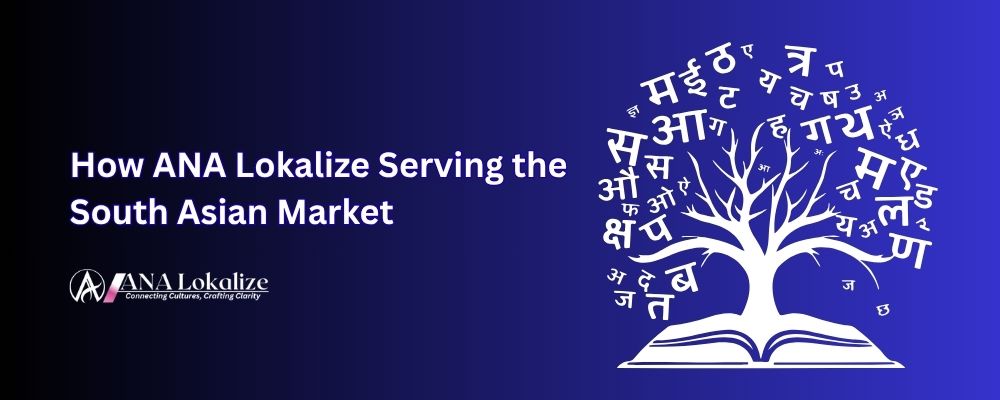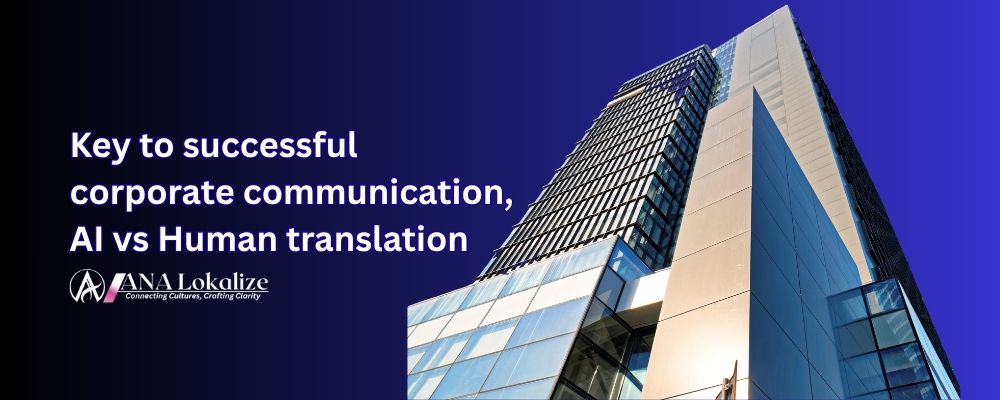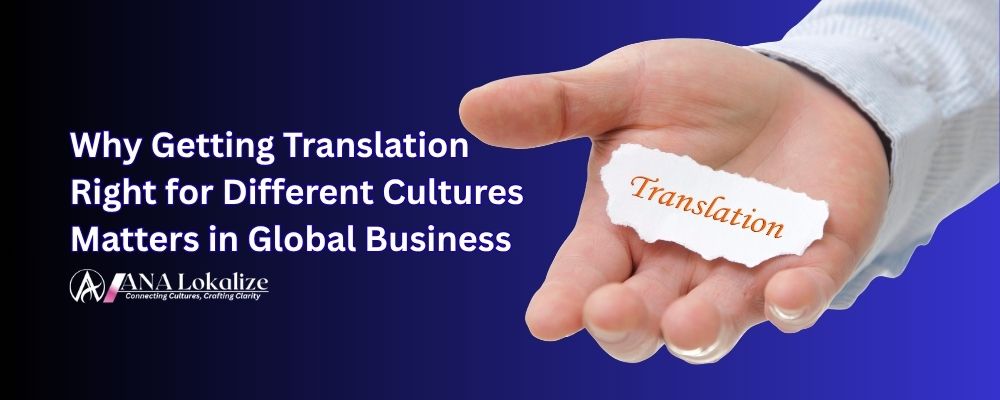How ANA Lokalize Serving the South Asian Market: Localization Strategies for India, Bangladesh, and Sri Lanka

South Asia is one of the most dynamic regions in the world. With a population of over 1.8 billion people, countries like India, Bangladesh, and Sri Lanka offer massive opportunities for global businesses. But breaking into these markets takes more than offering a good product or service—it requires speaking the local language and understanding the local culture.
That’s where localization comes in. It’s not just about translating words. It’s about making your brand feel like it belongs. ANA Lokalize specializes in helping businesses connect with audiences in South Asia by offering smart, region-specific language and cultural solutions that drive real engagement and trust.
Why South Asia Is Unique
Before jumping into strategies, it’s important to understand just how diverse this region is:
India alone has 22 official languages and hundreds of dialects. Hindi, Tamil, Telugu, Bengali, Marathi, Gujarati, Punjabi, and Malayalam are just a few major ones.
Bangladesh is largely Bangla-speaking, but regional dialects like Chittagonian and Sylheti are widely spoken and culturally significant.
Sri Lanka has two major languages—Sinhala and Tamil—used across different regions and communities.
These language differences come with distinct cultural practices, regional preferences, and communication styles. To reach these customers, your content must feel local, not foreign.
Localization Strategies That Work in South Asia
1. Prioritize Native Language Communication
English might be used in business, but it’s not the language of the streets, homes, or emotions. If your message is in Hindi for North India, Tamil for Tamil Nadu, Bangla in Dhaka, or Sinhala in Colombo, it feels more personal.
ANA Lokalize provides high-quality translation in all major South Asian languages, making sure your brand speaks clearly and naturally to local audiences.
2. Use Region-Specific Content Variations
One ad campaign will not work across all three countries—or even across different Indian states. People in Kerala have different preferences than those in West Bengal or Punjab. Cultural references, humor, festivals, color preferences, and even body language differ.
We help brands create custom versions of campaigns for different regions. This could mean changing visuals, rephrasing taglines, or adjusting cultural references while keeping your core message intact.
3. Localize for Mobile-First Audiences
South Asia is mobile-first. A huge percentage of users access the internet primarily through smartphones. They use regional keyboards, voice search in native languages, and apps in local scripts.
Our team at ANA Lokalize supports app localization, UI translation, and voiceover services for mobile platforms in South Asian languages. This ensures users don’t just use your app—they feel comfortable in it.
4. Adapt Legal, Financial, and Regulatory Language
Each country has its own regulations and business requirements. From consumer rights to banking policies, businesses must ensure all official documents and user-facing text are translated accurately for compliance.
Our expert linguists work alongside legal professionals to provide error-free translations for privacy policies, contracts, billing systems, and more.
5. Understand Festive and Seasonal Timing
South Asian markets are driven by festivals and seasonal shopping trends—like Diwali, Eid, Durga Puja, Pohela Boishakh, or Sinhala and Tamil New Year. Brands that connect during these cultural moments often see huge returns.
We help businesses design timely, culturally-aligned campaigns with local flavor, language, and visuals to maximize impact.
Country-Specific Tips for Localization
🇮🇳 India
Languages: Focus on regional languages depending on your target state. Hindi for the North, Tamil for Tamil Nadu, Marathi for Maharashtra, etc.
Tip: Use local celebrities or voices in audio/visual ads for better trust and familiarity.
Consideration: Localization should go beyond language. Visuals, clothing, and music should match the local culture.
🇧🇩 Bangladesh
Language: Bangla (Bengali) is essential. Avoid direct translations from Indian Bangla as there are differences in tone and vocabulary.
Tip: Mobile payments and e-commerce are booming. Localize fintech or shopping platforms with proper UI and payment gateway terms.
Consideration: Local pride is strong. Avoid content that feels imported or insensitive to national values.
🇱🇰 Sri Lanka
Languages: Sinhala and Tamil are both important depending on the region.
Tip: Government forms, public services, and educational content must be offered in both languages for inclusivity.
Consideration: Ensure correct script usage and cultural imagery, especially in visuals and symbols.
How ANA Lokalize Helps You Succeed in South Asia
At ANA Lokalize, we are not just translators—we are localization experts with real regional understanding. Here’s how we help:
Certified native translators for Hindi, Bangla, Tamil, Sinhala, and other regional languages
Industry-specific localization for healthcare, finance, legal, e-commerce, education, and more
Fast, reliable turnaround with consistent quality
Multilingual audio, subtitle, and video localization for marketing, training, and digital content
One-on-one support and cultural consultation to ensure nothing gets lost in translation
We work closely with your team to deliver content that doesn’t just reach people—it connects with them.
Final Thoughts
The South Asian market is vast, vibrant, and full of opportunity—but only for businesses ready to localize the right way. Language is your bridge to trust, connection, and conversion. Without proper localization, your message may get lost in translation.
ANA Lokalize helps you avoid those pitfalls by giving you the tools, talent, and cultural insight needed to build a real presence in India, Bangladesh, and Sri Lanka.
Don’t just translate—localize with purpose. Let us help you grow in South Asia—one region, one language, and one connection at a time.
Stephane B. Atangana
Professional translation and localization experts with 10 years of experience in helping businesses connect with global audiences.
Search Articles
Related Articles

key to successful corporate communication, AI vs Human translation

Why Getting Translation Right for Different Cultures Matters in Global Business

Translation vs. Localization: Why the Difference Is a Big Deal
Subscribe to Our Newsletter
Get the latest translation insights and industry news delivered to your inbox.
We respect your privacy. Unsubscribe at any time.
